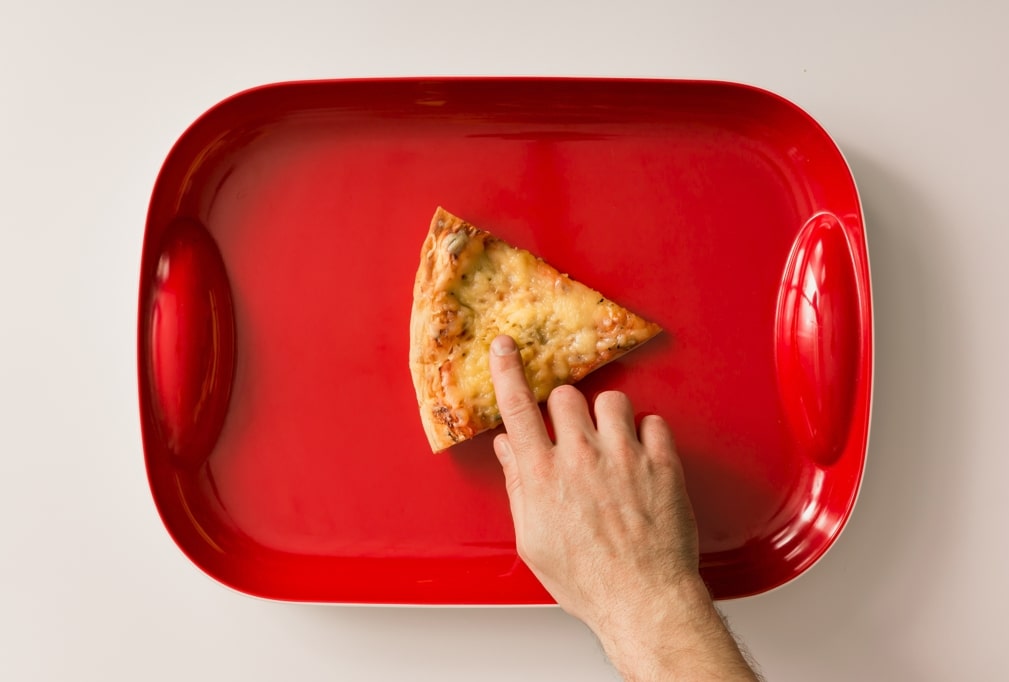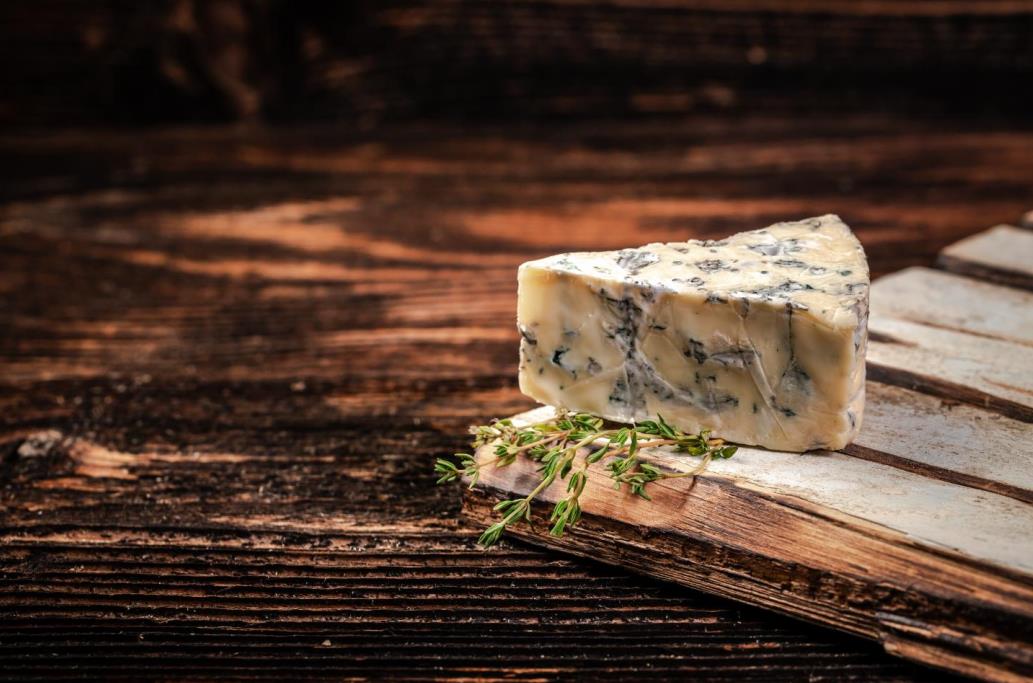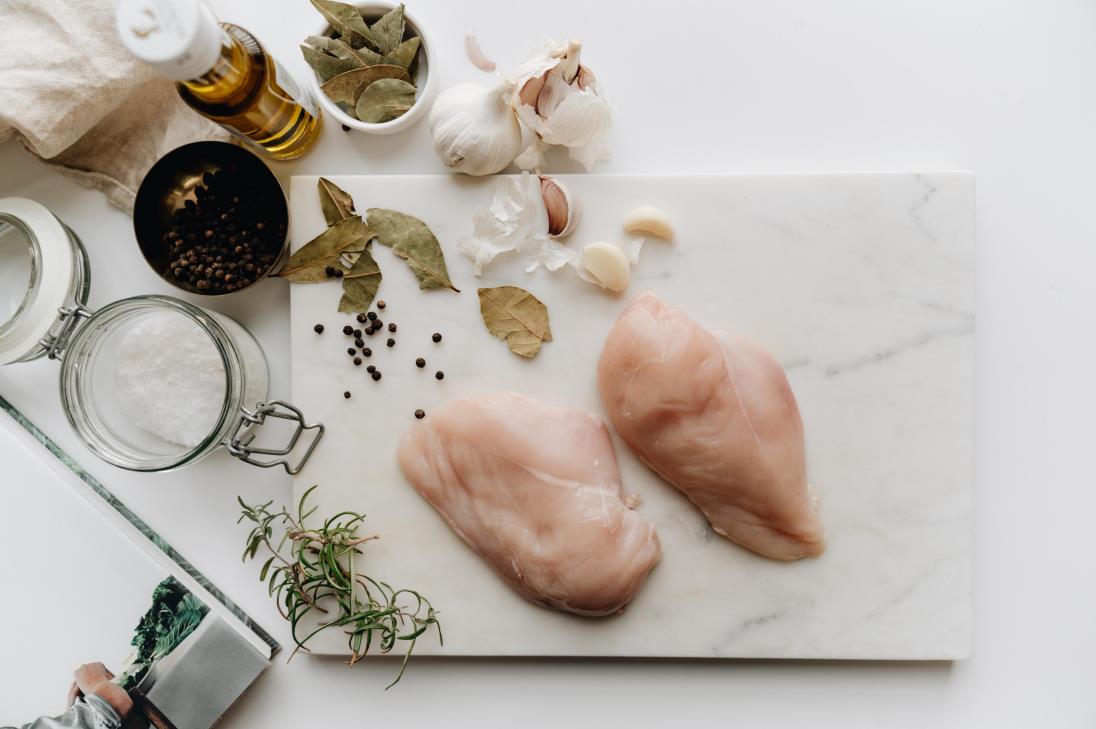If we think of cutting boards as the foundation of good cooking, then charcuterie boards are the skyscraper. Picture it: a board (usually made of wood) overflowing with delicious meats, cheeses, fruits, and nuts. It’s like a party on a platter. But what makes a charcuterie different from a cutting board?
The main difference between a charcuterie board vs. a cutting board lies in the use of the board itself. A cutting board is just that – a board used for cutting. It provides a stable surface for chopping vegetables and slicing meat or fruits. However, a charcuterie board serves as a serving platter for appetizers and finger foods. It’s the perfect way to display an impressive spread of meats, cheeses, and other bites.
Both have flat surfaces and come in various shapes, sizes, and materials (wood, plastic, etc.). That explains why most people use the terms interchangeably. Below is a detailed discussion to clear up any confusion.
Table of contents
What is a charcuterie/cheese board?

A charcuterie board is best described as a board used for serving an assortment of meats, cheeses, fruits, and nuts. It can be a platter or tray with raised sides or a wooden board with no sides. Some refer to it as a meat and cheese board, an antipasto platter, or a cheese plate. The boards can be of any material, but the most popular ones feature wood, marble, or ceramic.
The word charcuterie is of French origin, which means “pork butcher.” It initially referred to the cured and smoked meats prepared by butchers. But over time, the term has come to include any type of meat (e.g., beef, poultry, lamb), as well as cheeses, fruits, and nuts. So the vessel that holds all these delicious bites is what we now know as a charcuterie board.
Charcuterie boards come in all designs, shapes, and sizes, from small and intimate to large and shareable. The long and narrow boards are ideal for a buffet-style spread, while the round boards are perfect for more intimate gatherings. Some boards even come with compartments or built-in serving utensils.
What does it do?
The primary use of a charcuterie board is to serve. The flat surface is perfect for displaying different types of food, and the raised sides keep everything in place. The aesthetic appeal of a well-styled charcuterie board also makes it a popular centerpiece for parties and other gatherings. The design makes for an impressive presentation and a great way to show off your culinary skills.
You can serve anything you want on a charcuterie board, but the most popular items are cold meats, cheeses, tapas, fruits, and nuts. Meats can include cured ham, salami, sausage, and prosciutto. Cheeses can range from cheddar and brie to goat cheese and blue cheese. The larger the board, the more culinary delights you can have.
Can you use a charcuterie to cut food?
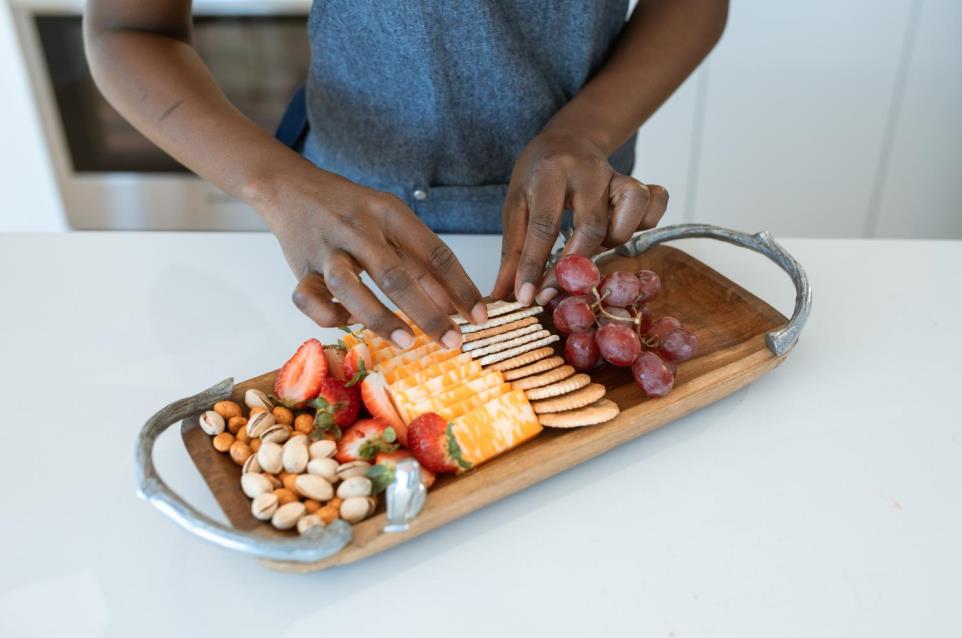
The design of a charcuterie board makes it difficult to use as a cutting surface. The raised sides can get in the way, and the material may not be ideal for cutting. Most wooden charcuterie boards feature face-grain construction, which means the wood fibers run parallel to the surface.
When you cut on this type of board the knife can damage the wood fibers and cause them to splinter. Moreover, you will likely dull your blade more quickly. If you’re dead-set on using your charcuterie board for cutting, make sure whatever you cut will not damage the board. For example, cutting softer foods like cheese using a dull cheese knife is unlikely to cause any damage.
Handpicked for you
True cutting power in the palm of your hand
Charcuterie board vs. cutting board
Below are the key differences between charcuterie boards and cutting boards:
Different uses
We’ve already established that the main difference between these two boards is their intended use. The design of the charcuterie board focuses more on presentation, while the cutting board is all about functionality.
The name “charcuterie” is a fancy word to describe cured meats, so you’ll often see these boards filled with meats like salami, ham, and prosciutto.
On the other hand, cutting boards play a more utilitarian role in the kitchen. They provide a flat, stable surface for chopping and slicing fruits, vegetables, meats, and cheeses. While you can technically use a cutting board to serve food, it will not have the same visual appeal as a charcuterie board.
Different materials, designs, and sizes
Apart from use, charcuterie boards and cutting boards also differ in materials, designs, and sizes.
Material

The construction material is one of the most important factors when choosing between these two boards. The material will determine the board’s durability, ease of cleaning, and overall look. Both boards can feature varied material options like wood, bamboo, plastic, marble, and glass.
However, you’ll likely find that cutting boards are mostly made from hardwoods like maple, cherry, and walnut. Hardwoods are the best wood for cutting boards because they can withstand the wear and tear of daily chopping and slicing. While charcuterie boards can also be of hardwood construction, you’ll also find them made of harder materials like marble.
Design
Cutting boards are usually simpler in construction. They feature a flat surface with straight edges and corners. Some cutting boards have juice grooves or other features to catch liquids and prevent them from dripping onto your countertop. Some higher-end models have built-in storage for knives and other cutting tools.
Charcuterie boards are more complex in design, with many featuring intricate carving details and unique shapes. Some boards have handles to make them easier to carry. The best charcuterie boards are often works of art in their own right, with beautiful finishes that make them stand out as centerpieces on your countertop.
Size
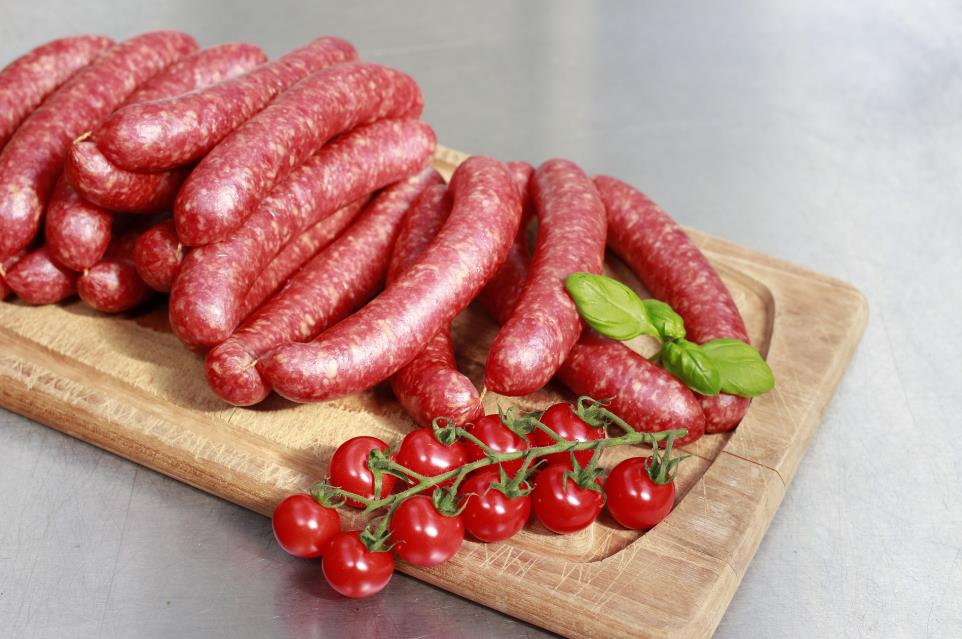
The standard cutting board size is 12 by 18 inches, but you can find larger or smaller boards depending on your needs. Charcuterie boards come in a wide range of sizes, from small boards that are just a few inches long to large boards that measure over two feet across. The board size will depend on how many people you plan to serve and the types of foods you want to include.
When choosing the size of your charcuterie board, remember that you’ll need enough space to comfortably arrange all the meats, cheeses, and fruits. If you plan to serve a lot of food, or if you want to include various foods, opt for a larger board.
Pricing
The price tag is another crucial factor when choosing between these two boards. Cutting boards are generally more affordable than charcuterie boards, with most models falling in the $20 to $50 range. You can find high-end cutting boards that cost over $100, but they’re not necessary for most home cooks.
Charcuterie boards are often more expensive than cutting boards. More costly boards feature higher-quality materials and more intricate designs. You can find small charcuterie boards for around $30, but the price can jump to $100 or more for larger boards. Or, for a truly luxurious option, you can find boards made from exotic woods or precious metals that cost several thousand dollars.
Should you get a charcuterie board, cutting board, or both?
It won’t hurt if you have both boards in your kitchen. They serve different purposes, after all. You may need to cut and chop food on a cutting board before moving it to a charcuterie board for serving. But if you only have the option to choose one, it will depend on how you plan to use the board.
If you’re looking for a board to help with food preparation, go for a cutting board. These boards are more affordable and easier to find in stores. Consider a charcuterie board if you’re looking for a board to serve as a centerpiece for your next party.
While some people use a cutting board for charcuterie, we don’t recommend it. The juice grooves and other features of cutting boards can ruin the presentation of your meats and cheeses.
Closing
Both charcuterie boards and cutting boards have their unique purposes. A cutting board is perfect for food preparation, while a charcuterie board is excellent for serving guests. We hope that from this article, you establish a better understanding of the key differences between these two types of boards, so you can make an informed decision.
Our HDMD blog has more information on different kitchen boards, including their unique features, benefits, and uses. Visit our HDMD store for exciting deals on knives and kitchen accessories.








